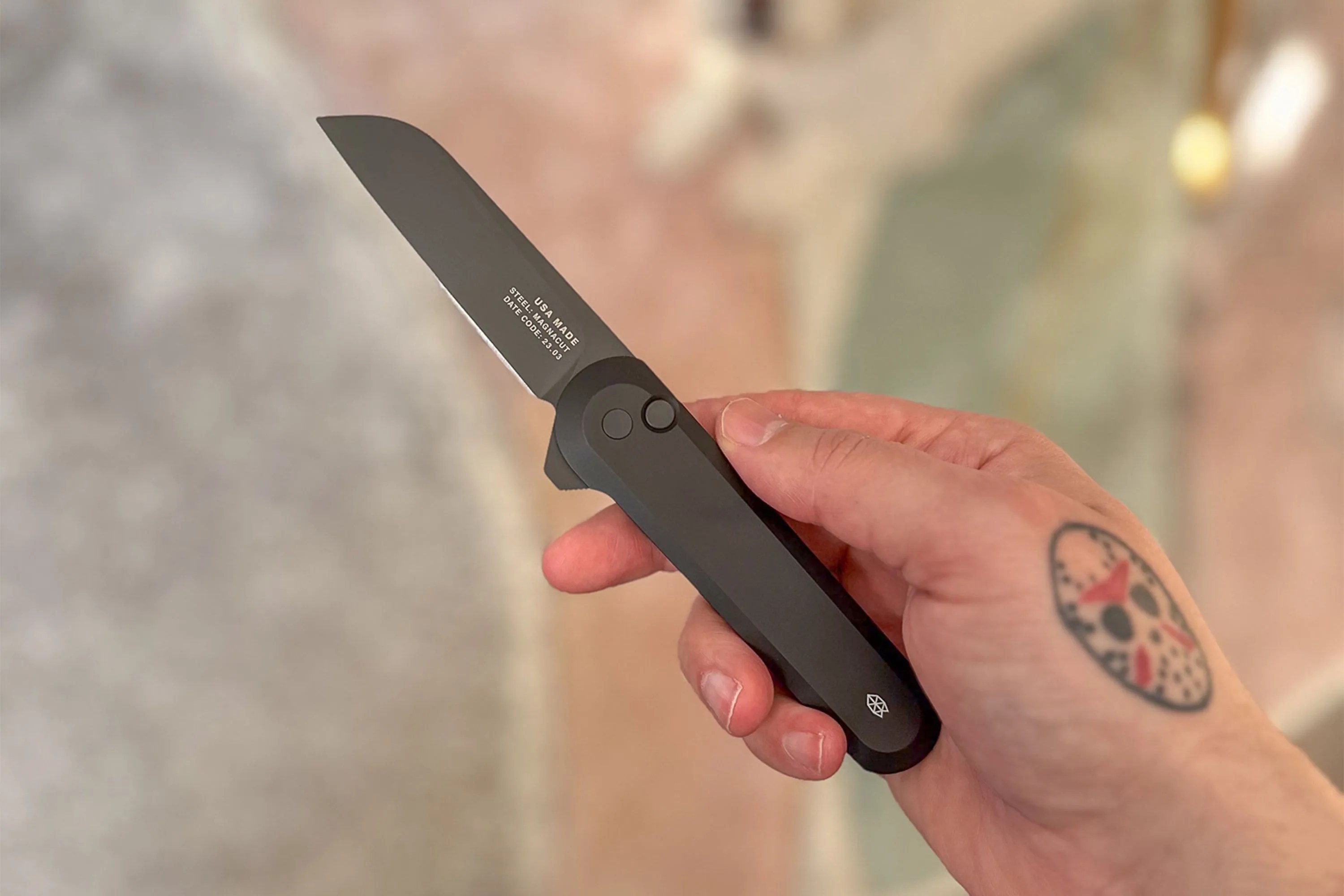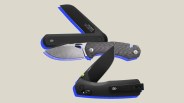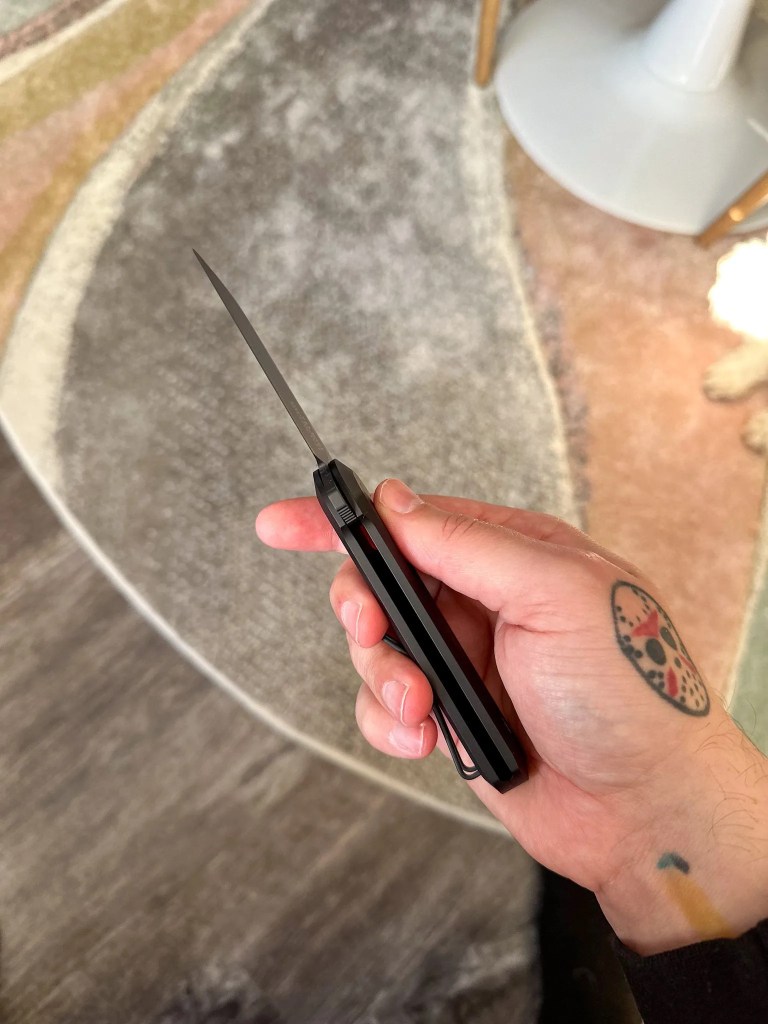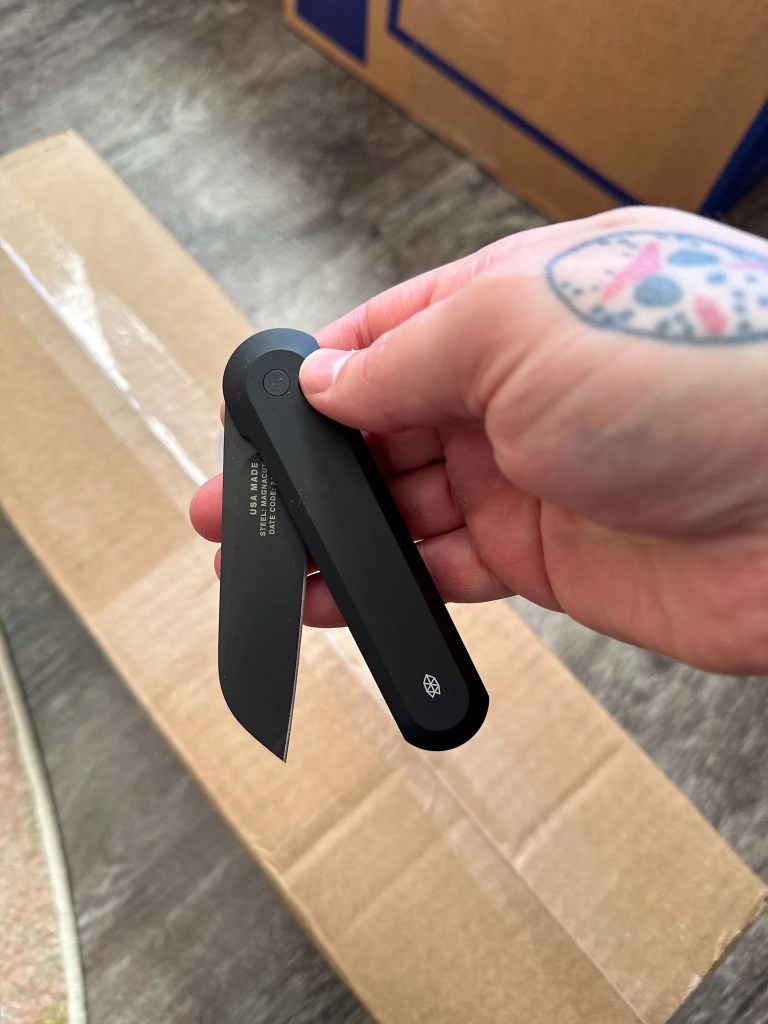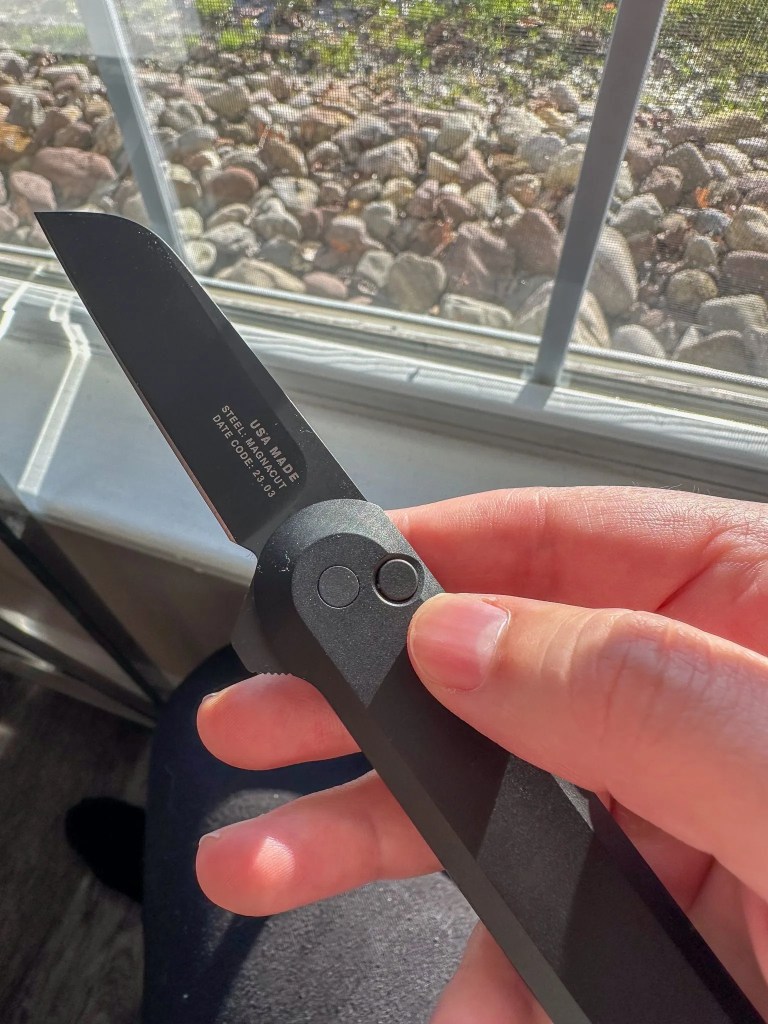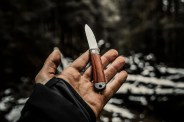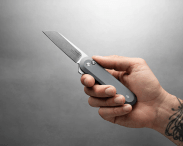The James Brand has spent the last decade diligently carving out its place in the everyday carry world, distinguishing itself as a brand by offering an array of pocket knives (and other accessories) that balance carefully considered minimalist designs with dependable (and usually high-end) materials. However, in all the brand’s outstanding knife releases, TJB had yet to offer one of the most popular pocket knife styles: a flipper.
That changed a few months ago with The James Brand Wells. But does the brand’s first-ever flipper release stand up to the hype? I got hands-on with this latest release and put it through the paces to see if this brand’s ethos and design approach work when applied to this tried-and-true knife style.
The James Brand Wells: What We Think
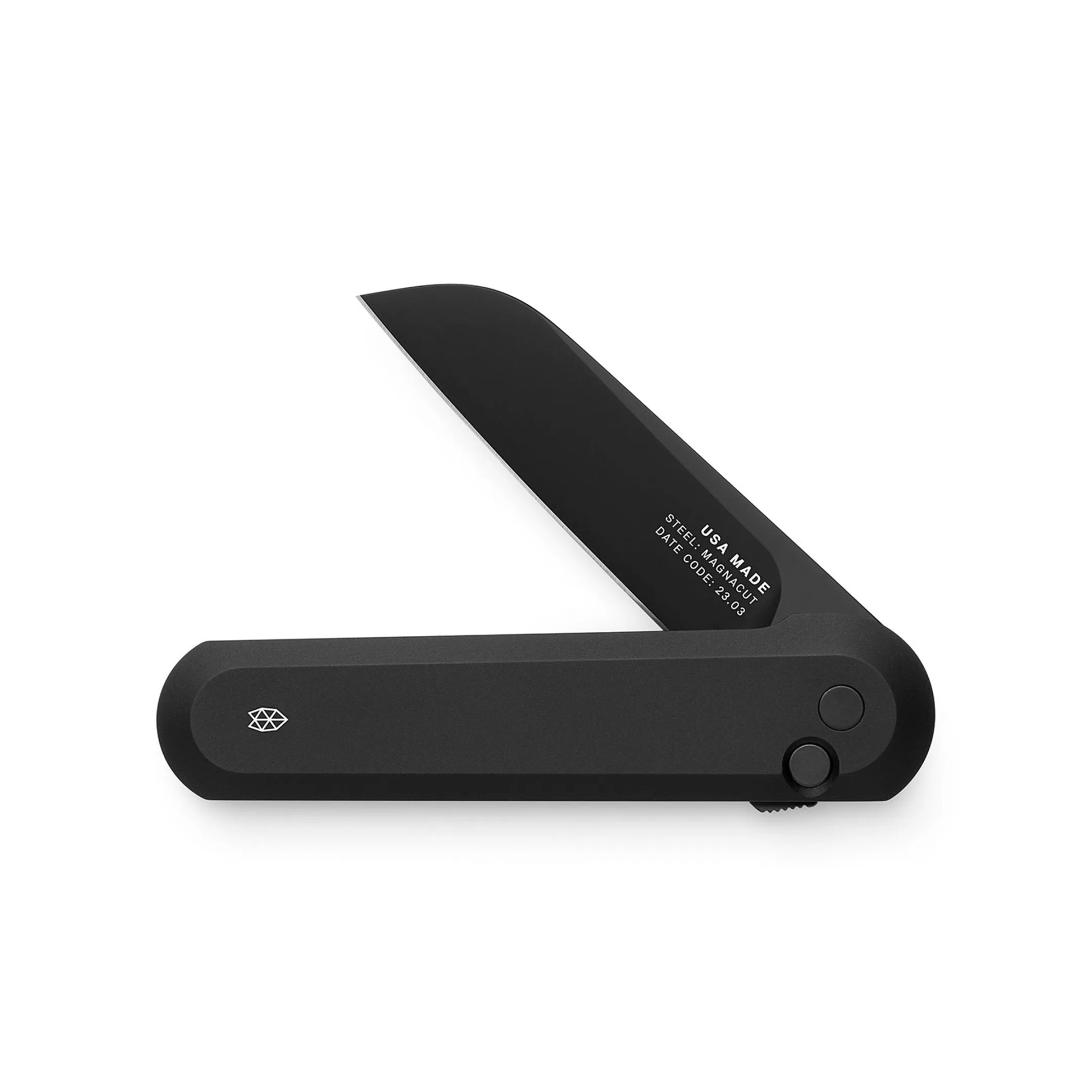 The James Brand
The James BrandThe James Brand The Wells
Pros
- Excellent size and shape for EDC purposes
- Flipper deployment is smooth and satisfying
- Absolutely gorgeous design
Cons
- Highly expensive
- Awkward button lock placement
- The handle texture is off-putting
All told, the James Brand Wells is an exceptional high-end knife and another impressive achievement to add to the brand’s repertoire. While it isn’t perfect — the placement of the button lock is a touch awkward, the matte finish of the handle gives off a little bit of a chalkboard feel (and scratching it with one’s nails is particularly off-putting) and the price is eye-watering — it does have some very bright spots that get me excited to see what TJB has yet to come.
The Wells’ overall design is drop-dead gorgeous, capturing everything I love about the brand’s stylistic language. The MagnaCut steel Wharncliffe blade is perfect for EDC applications (if a little overkill). The wire pocket clip is sturdy without being too tight. The aluminum “pocket” handle is perfectly sized and — while not explicitly ergonomic — shaped well. And the flipper action is as satisfying and smooth as they come (with zero play in the blade whatsoever). While I do understand the price, it’s a very high bar to entry. If this knife were $150 or so cheaper, I’d seriously consider buying a second one.
